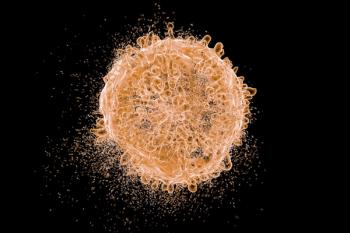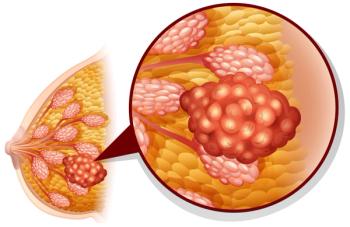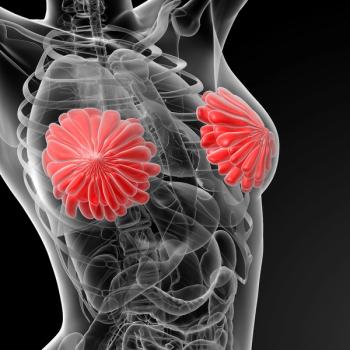
- Oncology Vol 30 No 4_Suppl_1
- Volume 30
- Issue 4_Suppl_1
(P018) Low-Dose-Rate, Permanent Prostate Brachytherapy Is an Effective Treatment Option for Men Less Than 55 Years Old With Low-Risk Prostate Cancer
Prostate brachytherapy is an effective treatment for men younger than 55 years with low-risk prostate cancer. Prostate brachytherapy should be considered for all men diagnosed with low-risk prostate cancer, regardless of age.
Brian J. Moran, MD, Michelle H. Braccioforte, MS, MPH, Gregory C. Treharne, MD; Prostate Cancer Foundation of Chicago; Department of Radiation Medicine, University of Kentucky
PURPOSE/OBJECTIVE(S): To ascertain the effectiveness of low-dose-rate, interstitial, permanent prostate brachytherapy (PB) treatment in a large series of “young” patients with prostate cancer, treated at a single institution.
MATERIALS AND METHODS: A retrospective review was performed of all patients aged < 55 years treated with PB for low-risk prostate cancer between November 1997 and October 2012. Inclusion criteria were low-risk prostate cancer as defined by National Comprehensive Cancer Network guidelines of Gleason Score (GS) 6 or less, pretreatment prostate-specific antigen (PSA) < 10.0 ng/mL, and clinical stage ≤ T2a. A total of 332 patients meeting these criteria were identified; however, follow-up PSA data were available for 177 patients. Mean age was 51.3 years; mean follow-up was 4.89 years (range: 2 mo–15 yr). The mean pretreatment PSA was 5.66 ng/mL (range: 0.6–9.9 ng/mL). All patients underwent PB with 131Cs, 103Pd, or 125I. Four patients also received external beam radiotherapy (EBRT), and 12 patients received androgen deprivation therapy as part of their treatment. Progression-free survival (PFS) and overall survival (OS) were calculated from the time of PB, using Kaplan-Meier statistics.
RESULTS: In this cohort of patients, there were five PSA failures (as defined by the Phoenix definition) and four deaths (unrelated to prostate cancer). PFS was 96.2% at 5 years and 95.3% at 10 years; OS was 99.3% at 5 years and 89.4% at 10 years.
CONCLUSION: PB is an effective treatment for men aged < 55 years with low-risk prostate cancer. PB should be considered for all men diagnosed with low-risk prostate cancer, regardless of age.
Proceedings of the 98th Annual Meeting of the American Radium Society -
Articles in this issue
Newsletter
Stay up to date on recent advances in the multidisciplinary approach to cancer.
































































































